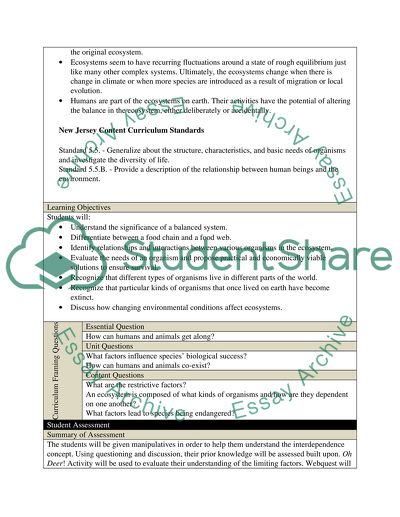Cite this document
(“Unit Plan Design Essay Example | Topics and Well Written Essays - 2500 words”, n.d.)
Retrieved from https://studentshare.org/education/1691673-unit-plan-design
Retrieved from https://studentshare.org/education/1691673-unit-plan-design
(Unit Plan Design Essay Example | Topics and Well Written Essays - 2500 Words)
https://studentshare.org/education/1691673-unit-plan-design.
https://studentshare.org/education/1691673-unit-plan-design.
“Unit Plan Design Essay Example | Topics and Well Written Essays - 2500 Words”, n.d. https://studentshare.org/education/1691673-unit-plan-design.


